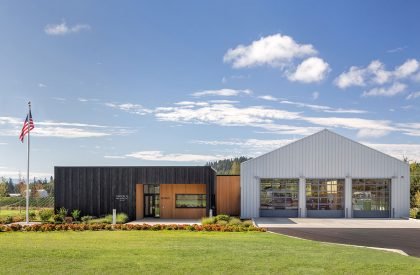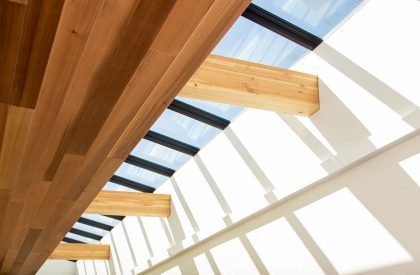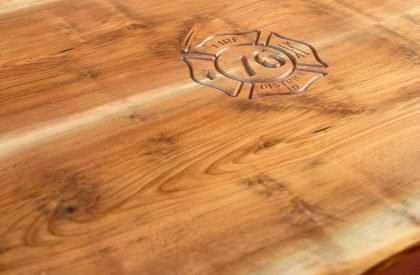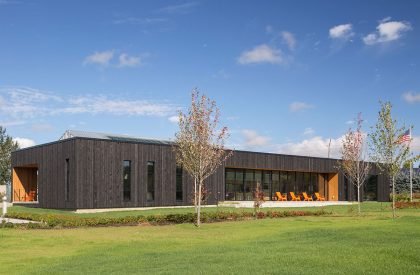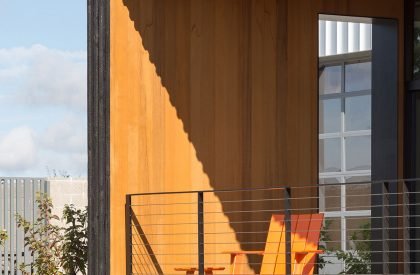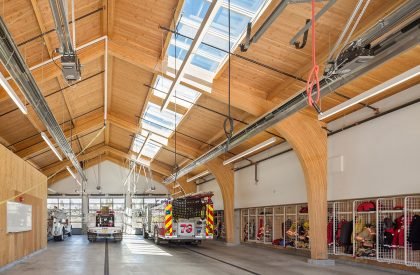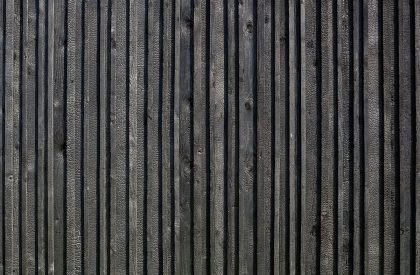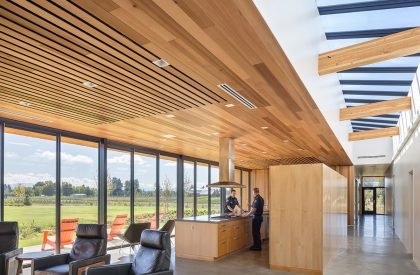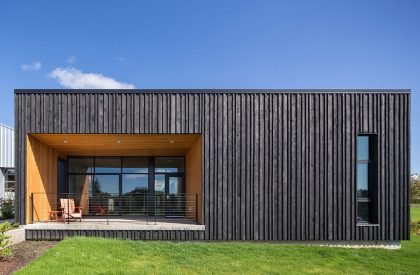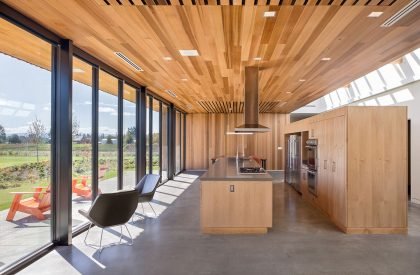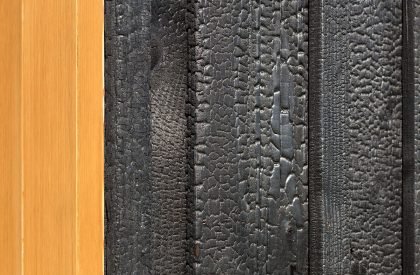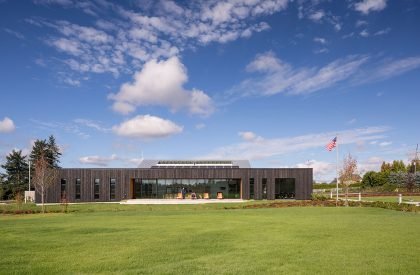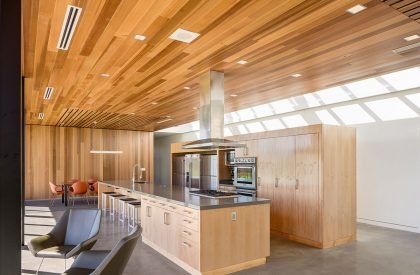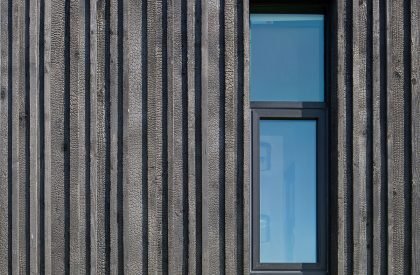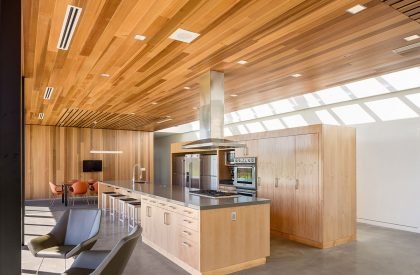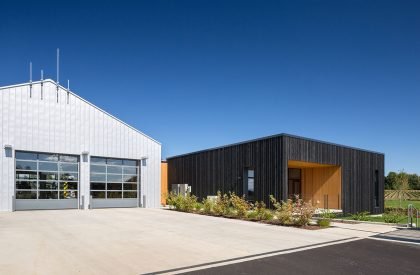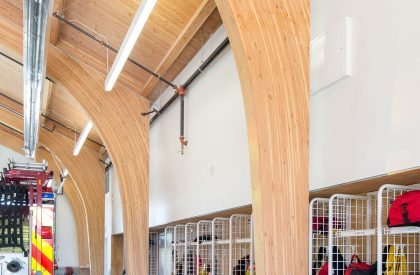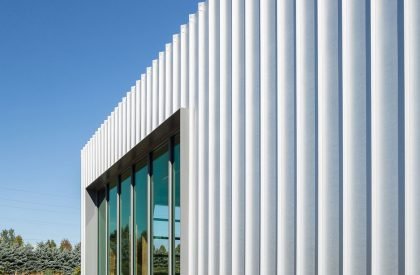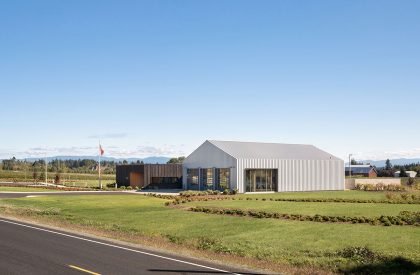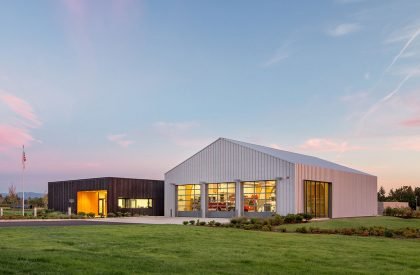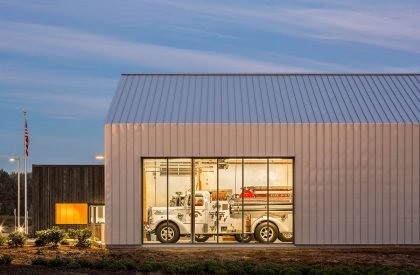Excerpt: Fire Station 76, an architecture project by Hennebery Eddy Architects, embraces fire as a feature of protection and beauty while reflecting its rural context in both massing and simple materials. Taking inspiration from local agricultural buildings, the design layers the subtle rural character of the area over the distinct functions of living and working. The station features a resilient design with passive and active sustainable strategies.
Project Description
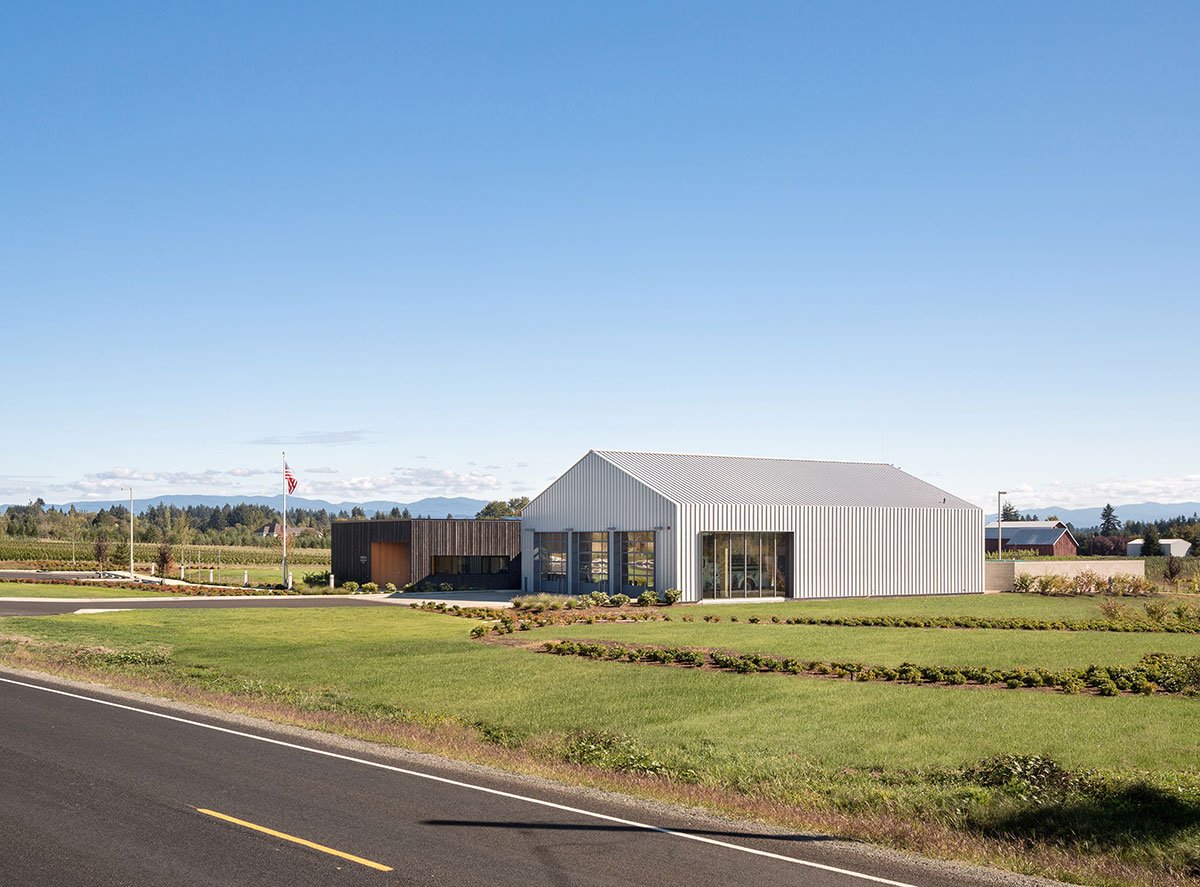
[Text as submitted by architect] In its simplest form, a fire station comprises little more than a dwelling with an oversized garage. At its most complex, it embodies the values of its community and functions as a highly technical machine for emergency response.
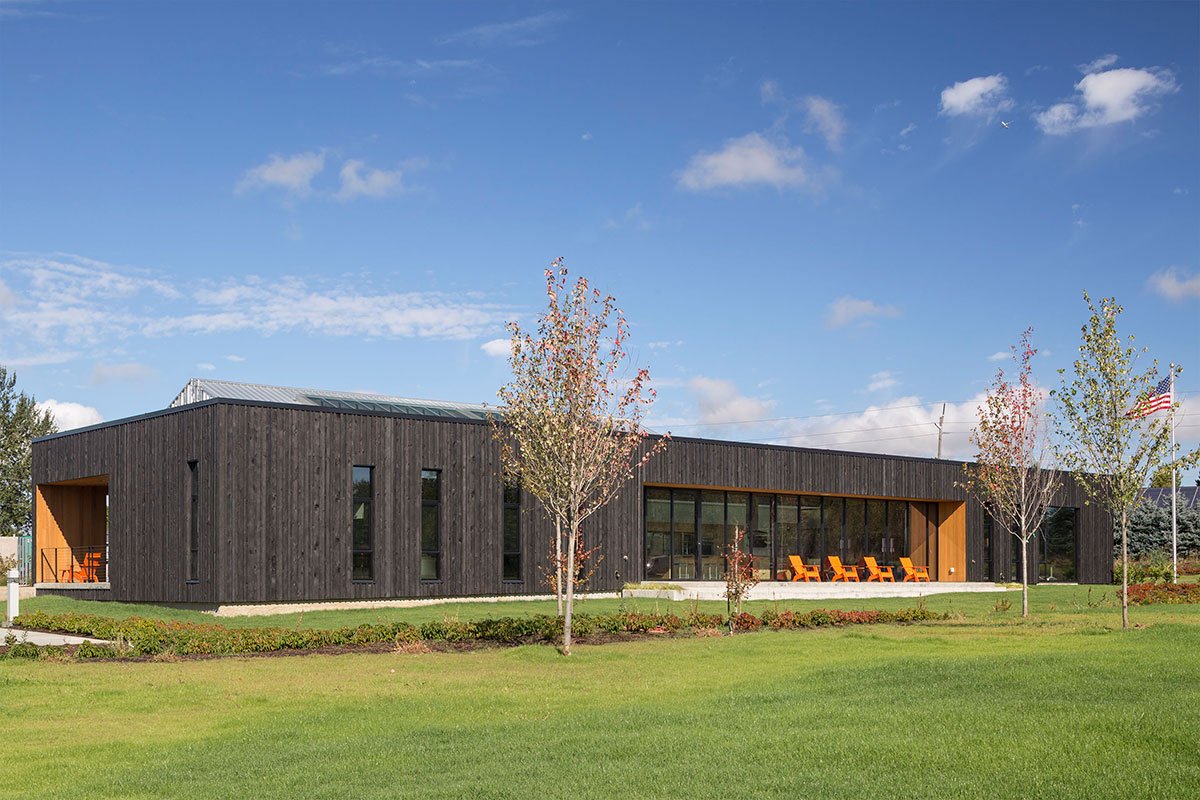
That understanding, infused with aspects of storytelling and context, inspired the design effort. Fire Station 76 embraces fire as a feature of protection and beauty while reflecting its rural context in both massing and simple materials. Taking inspiration from local agricultural buildings, the design layers the subtle rural character of the area over the distinct functions of living and working.
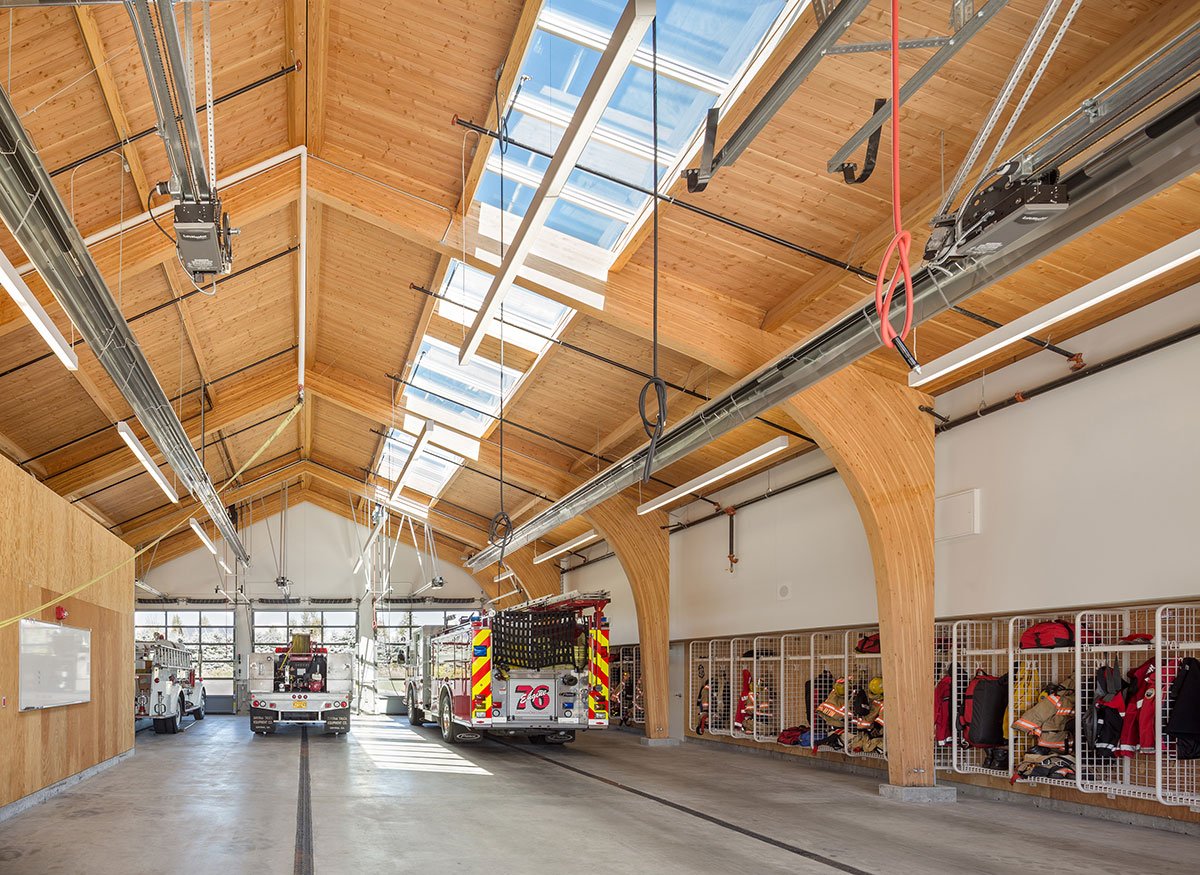
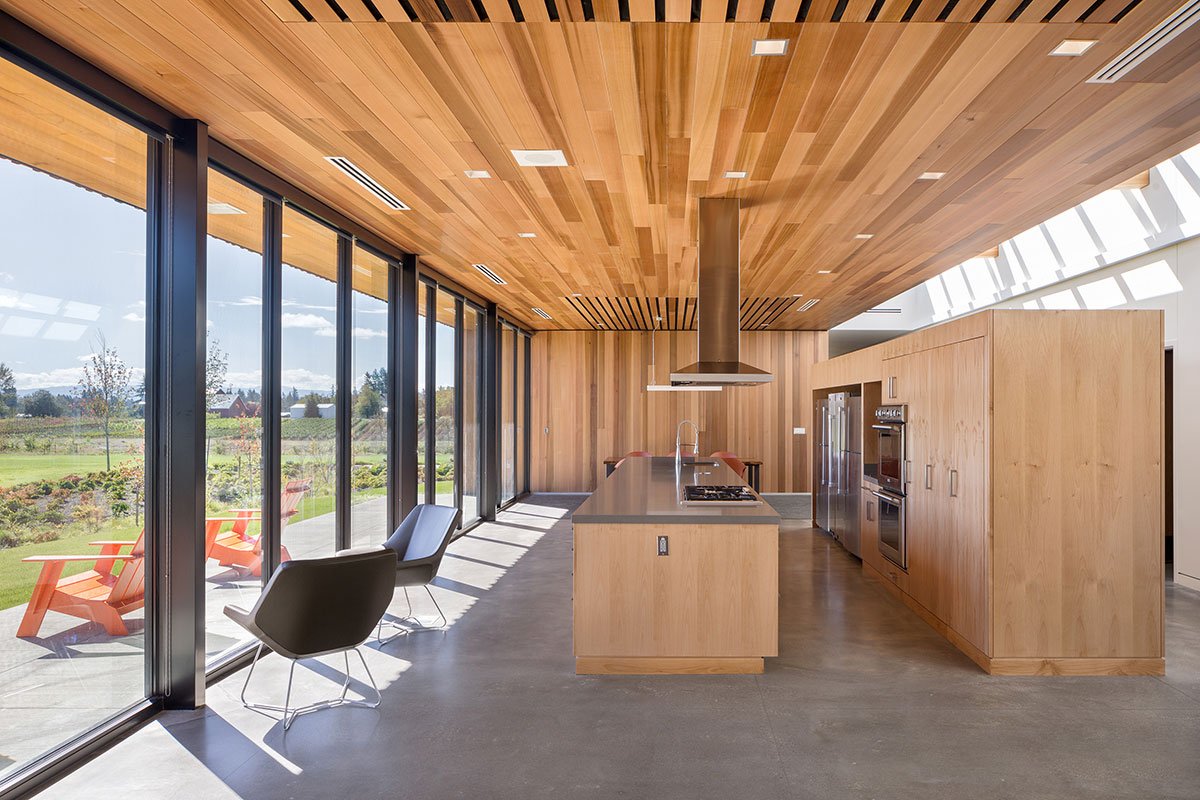
The 10,120-square-foot structure comprises two masses: a vaulted apparatus bay clad with metal and an office and living quarters wrapped in charred wood. The apparatus bay houses the emergency response vehicles as well as includes working spaces such as a shop, bunker gear washer and storage, and an EMS room. Attached, the living quarters houses the crew and provides a day room, kitchen, fitness room, showers, lockers, and bunk rooms.
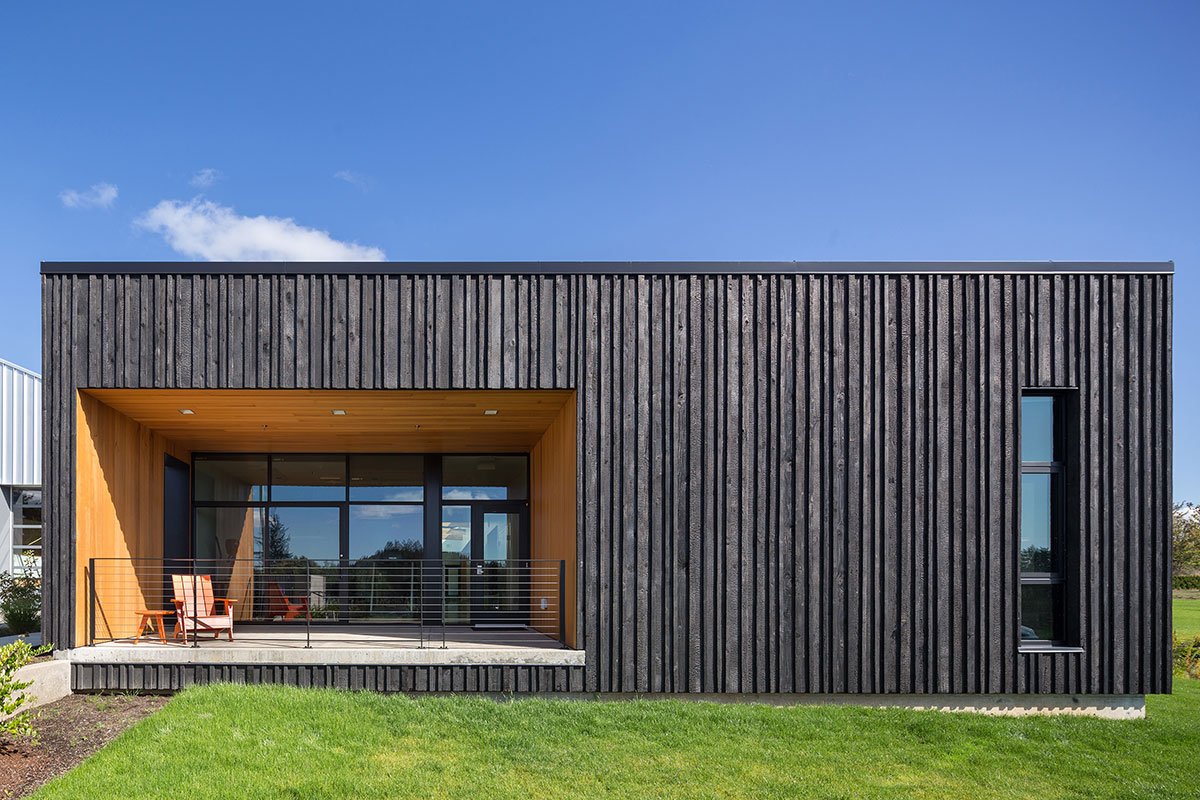
An area for public reception, including the station office, conference room, and District administrative office space, is located at the front entry to the living quarters. Shou Sugi Ban, a traditional Japanese technique, was used to char the wood surface, providing protection from rot, decay, and insects. Warm western red cedar-clad porches carve into the living quarters, providing a rich comparison for the adjacent charred wood.
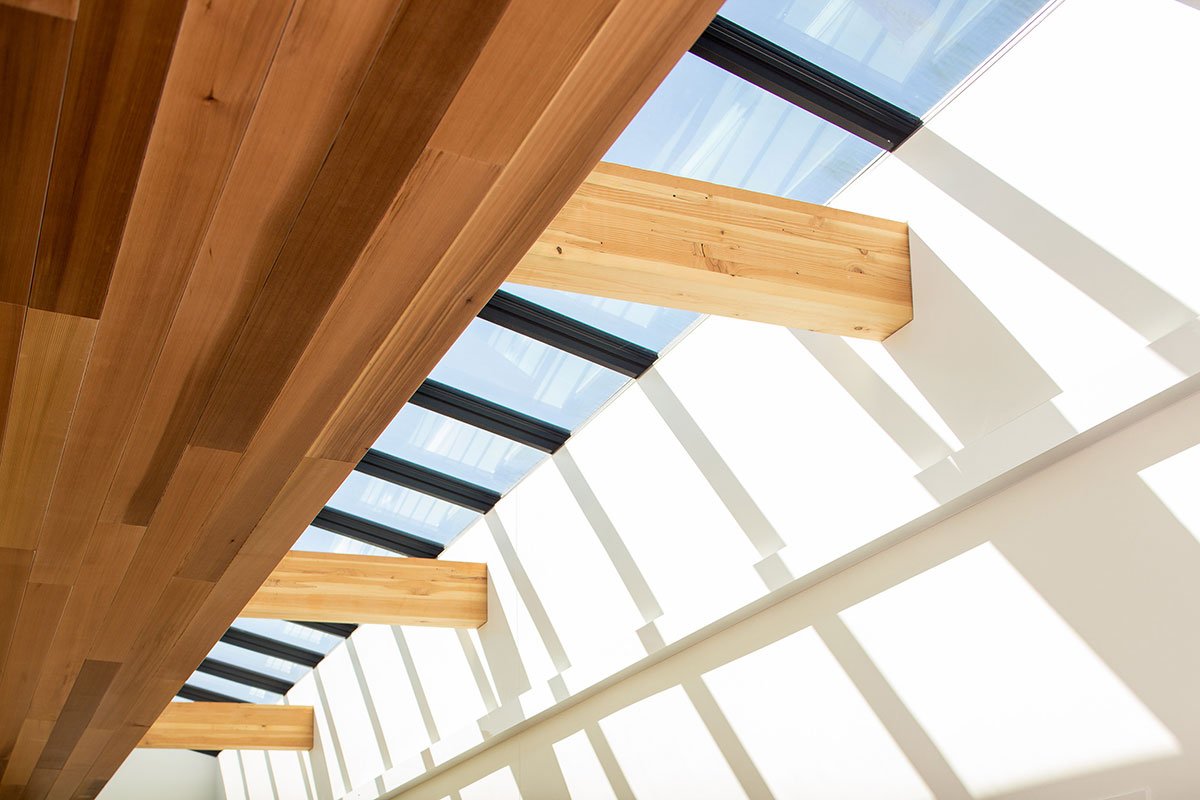
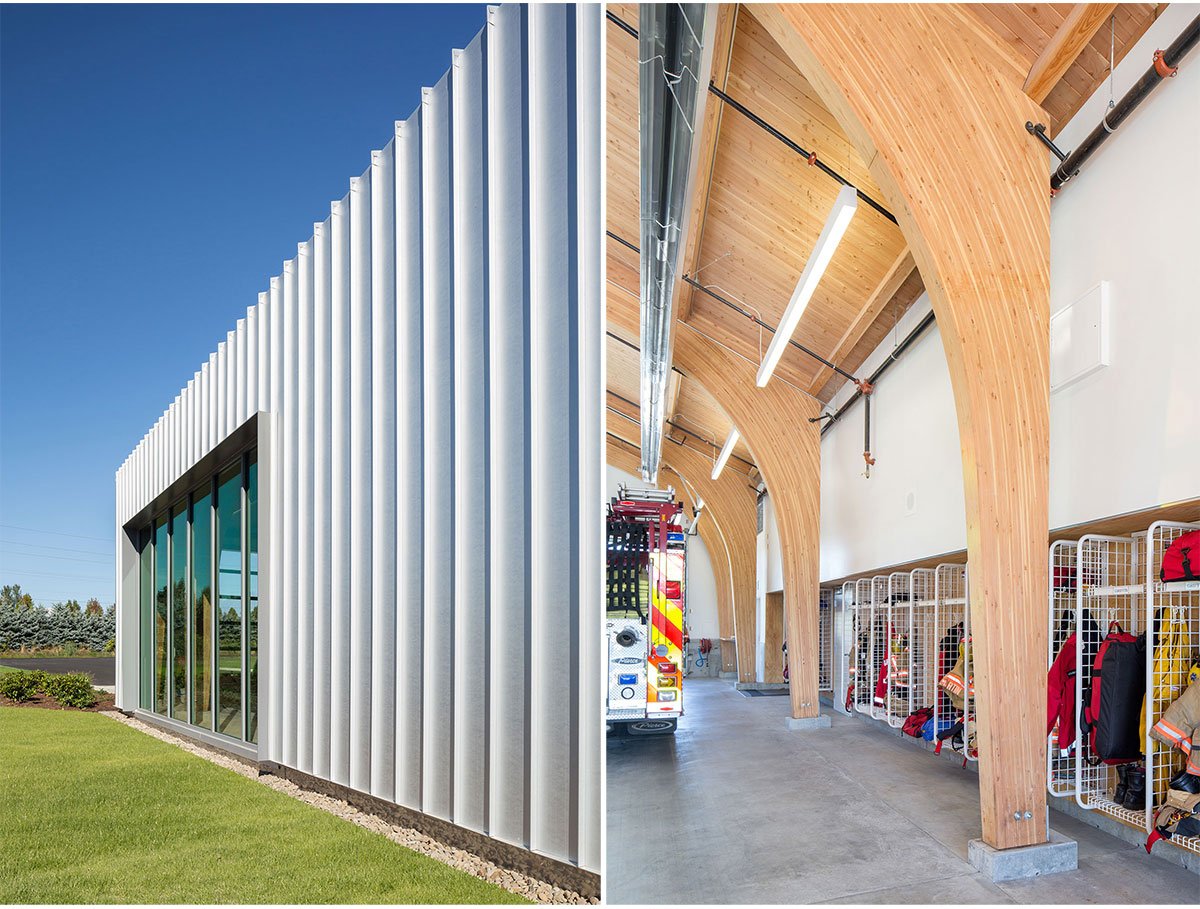
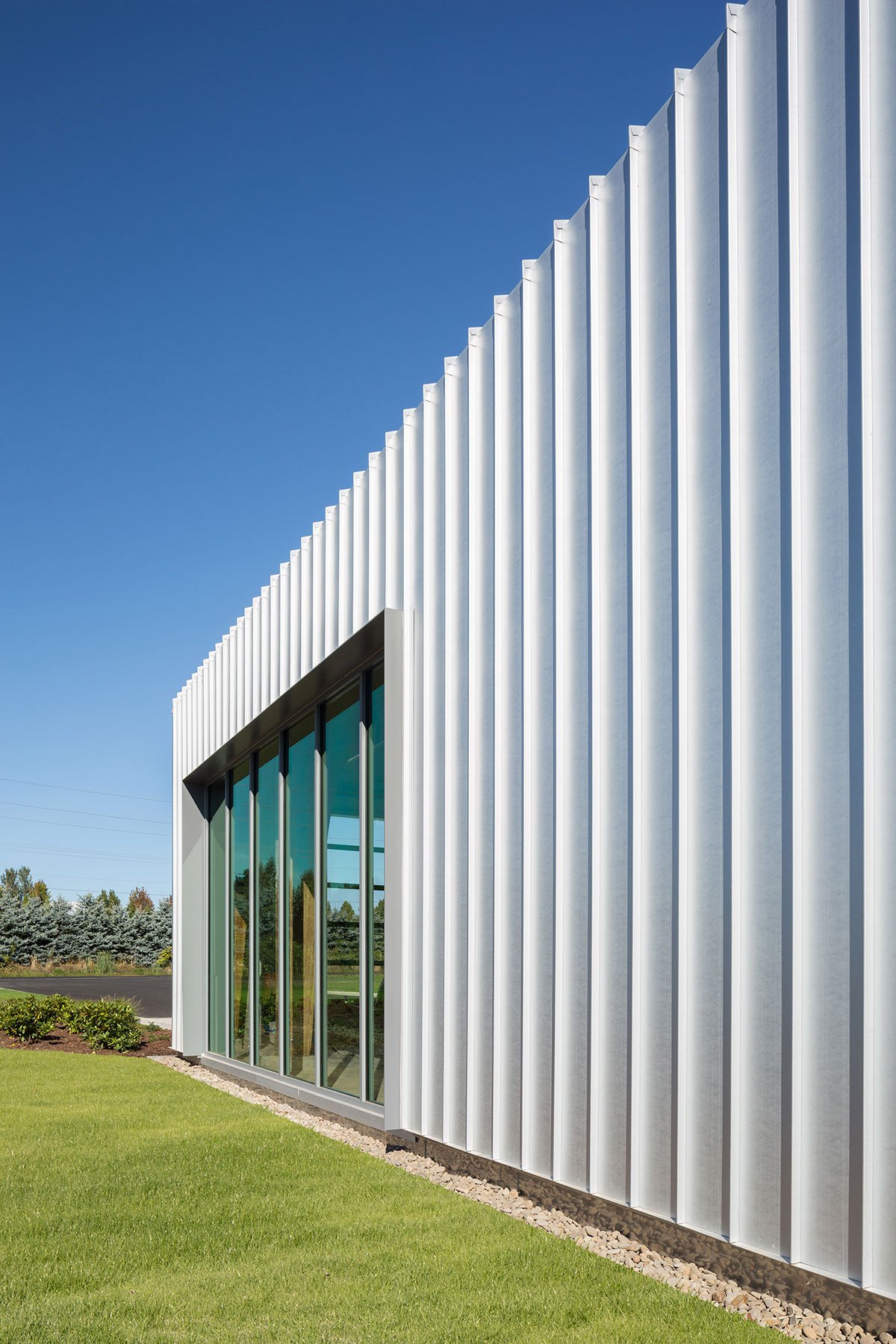
The cedar continues to the day-light filled building interior, blending inside with outside. A light metal wraps the apparatus bay exterior, while glulam Tudor arches spanned by tongue-and-groove cedar decking vault over the engines at the interior. The station incorporates daylight harvesting, passive solar heating, a high-performance building envelope, an efficient mechanical system, LED lighting, and low-flow plumbing fixtures. Coupled with a rooftop solar panel array and a back-up generator, these passive and active sustainable strategies contribute to the station’s resilient design.
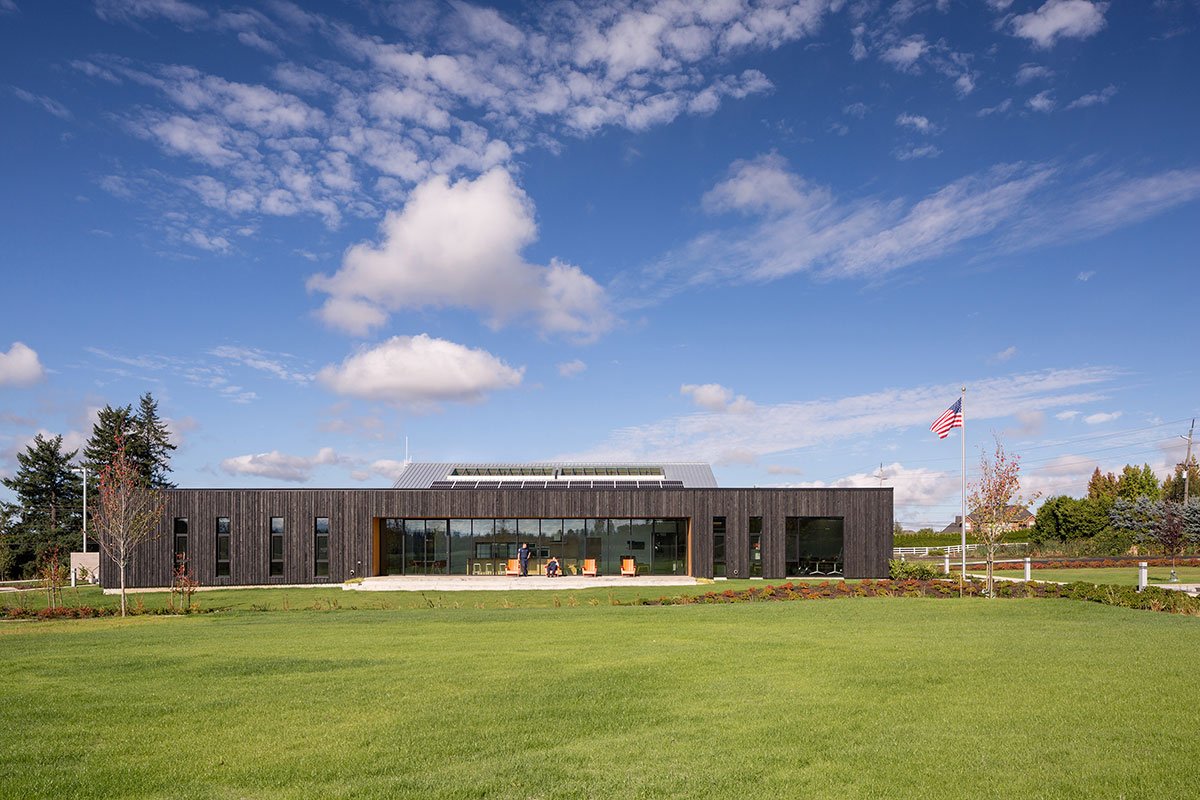
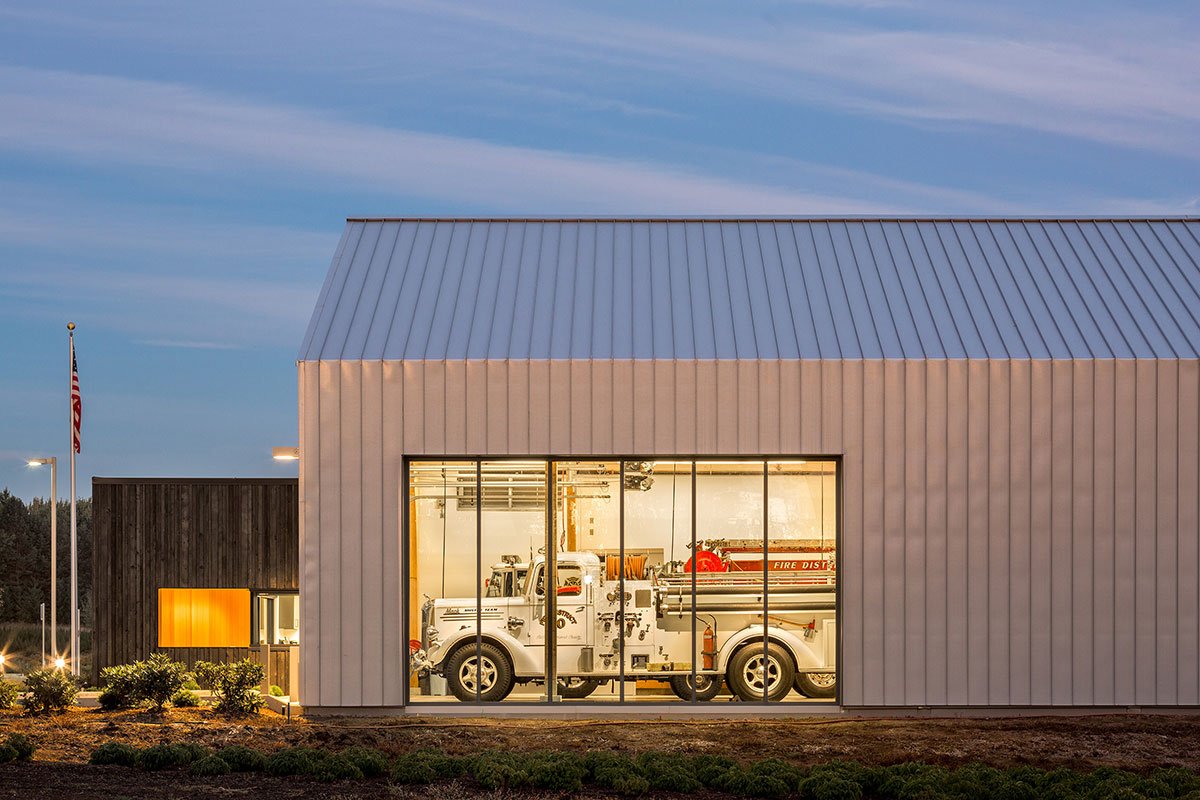
The building orientation rotates with the east porch and dayroom, where crews spend most of their time, angled to capture views of the Cascade mountain range, and the metal-clad apparatus bay facing the road, presenting the most recognizable feature of a fire station – the engines – to the public. Natural, non-toxic materials used throughout provide healthy, restorative spaces for the crew to recharge from active duty.

